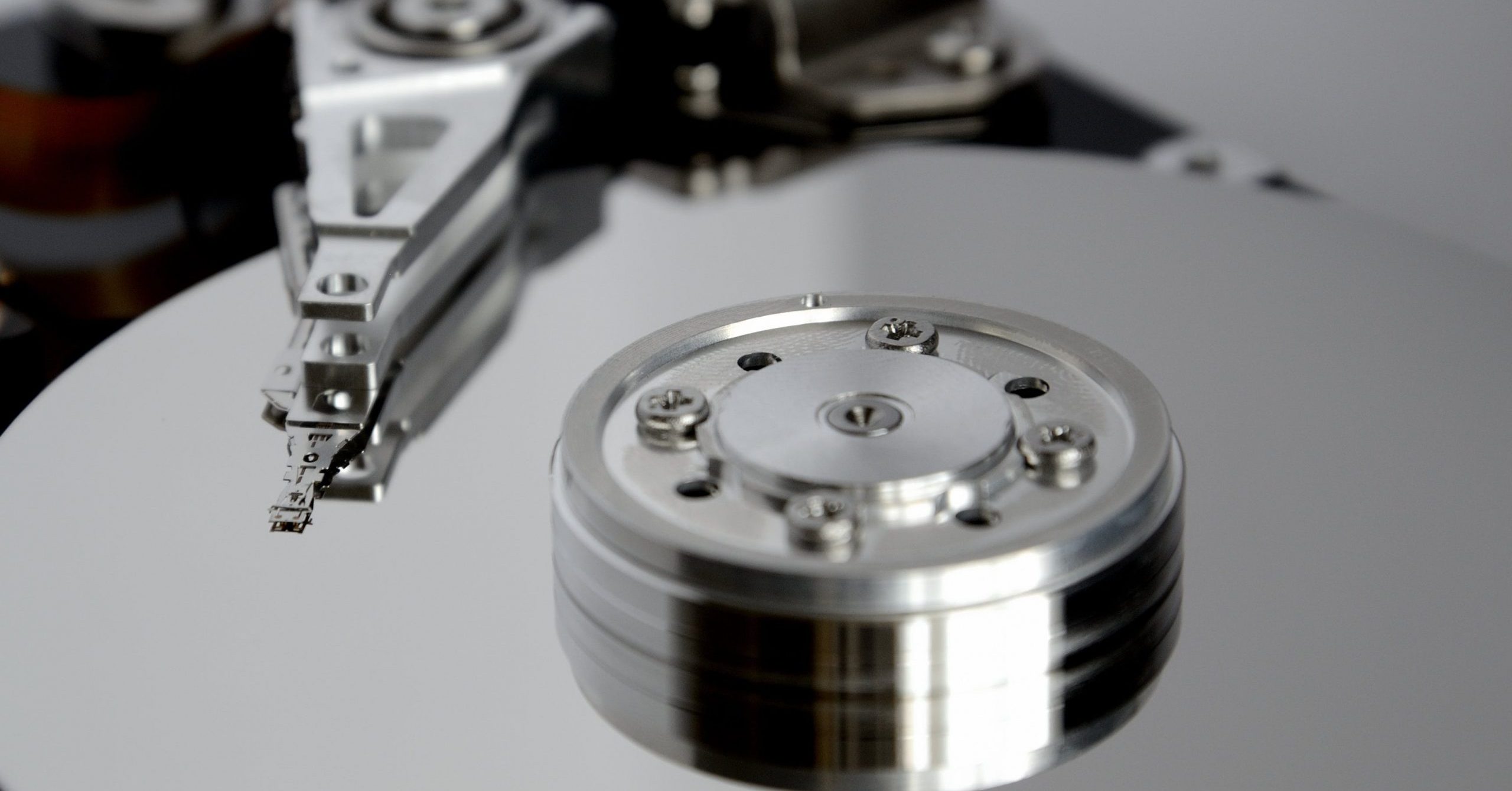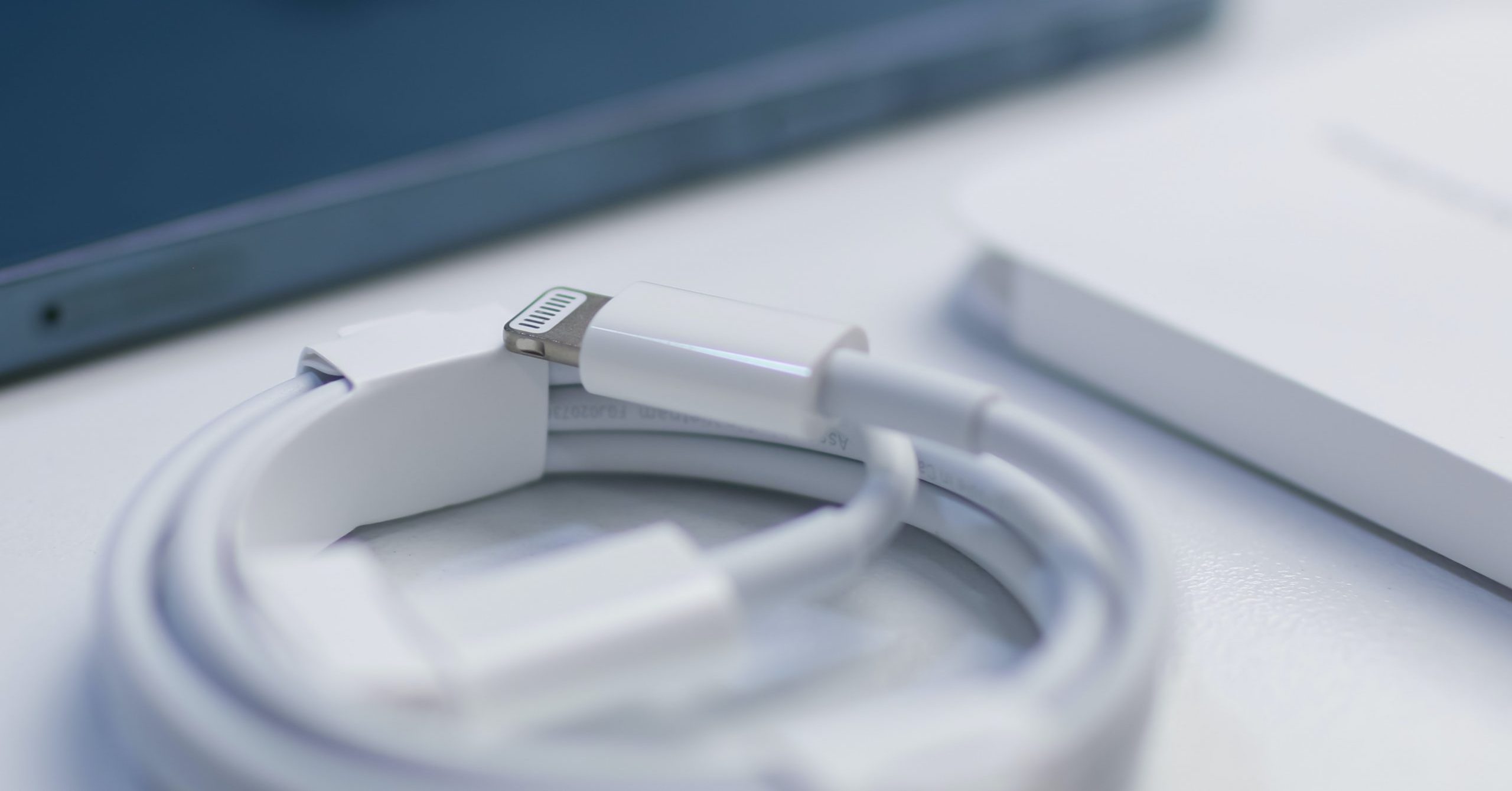By John Ahearne, Forensic Analyst When data is is needed for use as evidence, it…
Legal Technology Moves Into “IoT” Territory

By Bob Mehr, Sr. Legal Services Advisor
Technology is changing today’s legal landscape as courts grapple with a wave of electronic evidence coming from places and things that connect to the Internet. This new evidence is from sources we never imagined would be admissible, including smartphones, doorbells, virtual assistants and even implanted medical devices.
All of the above tools can be part of the Internet of Things (IoT), a category of equipment with an active Internet connection. The output is commonly referred to as ESI, or electronically stored information. These IoT devices—which by 2020 are expected to outnumber humans by a 3-1 margin, according to Pew Research—routinely collect, analyze and store information that can be transmitted through the Internet.
Sometimes that information may actually be evidence of a crime and how the courts deal with that issue is a work in progress.
Texts Urging Suicide Lead to Manslaughter Conviction
In a recent Massachusetts case, the girlfriend of a teen-age suicide victim who used texts to encourage him to end his life was convicted of manslaughter for her role in the death.
Conrad Roy III died from carbon monoxide poisoning inside his pickup truck in July 2014.
Juvenile court Judge Lawrence Moniz last month found Michelle Carter guilty of manslaughter in Roy’s death because texts and calls from her phone encouraged him to get back into the truck as it filled with deadly carbon monoxide gas.
“Instructing Mr. Roy to get back in the truck constituted wanton and reckless conduct, creating a situation where there’s a high degree of likelihood that substantial harm would result,” the judge said.
Sentencing is due later this year.
Echo Data Key in Murder Trial
In an unrelated case, information that was recorded by an Amazon Echo device and could be evidence of an Arkansas murder may be used at trial later this year.
Amazon had initially resisted legal efforts to hand over recordings made by an Echo device owned by the alleged assailant, James Andrew Bates. Bates has subsequently given authorities the device to search for clues.
Bates is accused of murdering Victor Collins, who was found dead in Bates’ hot tub in November of 2016.
Police are hoping that the Echo, a personal assistant that responds to verbal requests for information, may have recorded something important about the activities that happened on the day of Collins death.
Investigators have already found some evidence from another Internet-connected device, a water meter at the Bates home, that showed 140 gallons of water usage on the night of the murder. Police theorize that Bates used the water to wash away blood from Collins murder before authorities arrived at the scene.
Pacemaker Info Sought in Arson Case
Police in Middletown, OH hope to prove an arson case through evidence obtained from a pacemaker inside the defendant’s body. Investigators say the pacemaker’s readings do not support the defendant’s claim about his activities prior to the fire.
Police reported that the defendant, Ross Compton, told them that after he saw the fire, he packed his belongings in a suitcase and then threw everything out a broken window before he rushed out of the burning home to safety.
Doctors have told police that it was “highly improbable” that someone with Compton’s ailments could collect and remove the items iso quickly.
The Changing Landscape of Electronic Evidence
Law enforcement and civil litigators now have another source of evidence—searching for clues and ESI in the IoT universe where “always-on” smart devices may collect and store evidence of criminal behavior or civil liability.
Never underestimate the importance of an electronic device. At DriveSavers, we have analyzed voice recorders, automatic electronic defibrillators (AEDs) and all manner of IoT devices. Even automobiles are sources of ESI (how many times has your smartphone synced with your car?) and may one day be called upon as evidence in court.





